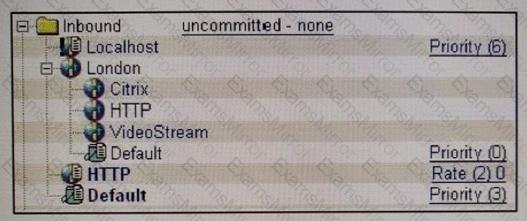Big Halloween Sale Limited Time 70% Discount Offer - Ends in 0d 00h 00m 00s - Coupon code = simple70
Pass the Symantec PacketShaper Administration 250-440 Questions and answers with ExamsMirror
Exam 250-440 Premium Access
View all detail and faqs for the 250-440 exam
412 Students Passed
88% Average Score
93% Same Questions
How are classes sorted in a traffic tree?
Which method does PacketShaper use to create child classes for Oracle databases?
Which two (2) traffic types are ideal candidates for priority policies? (Select two)
The class licenses CLI command has been used to set a maximum number of flows for a specific class. After the maximum number of defined flows for ibis class is active, a new flow begins.
Which policy would be applied to the new flow?
Which scenario wouldthe "burstable al priority" attribute be used in?
Whatare the main two functional modules within the PacketShaper?
Which PacketShaper parameter could an administrator apply to the Folder class?
Which steps will produce the data required to create an application-specific matching rule?
What statement accurately describes an ignore policy?
Refer to the traffic tree in the exhibit.

Which policy does the PacketShaper apply to London HTTP traffic?
TOP CODES
Top selling exam codes in the certification world, popular, in demand and updated to help you pass on the first try.
